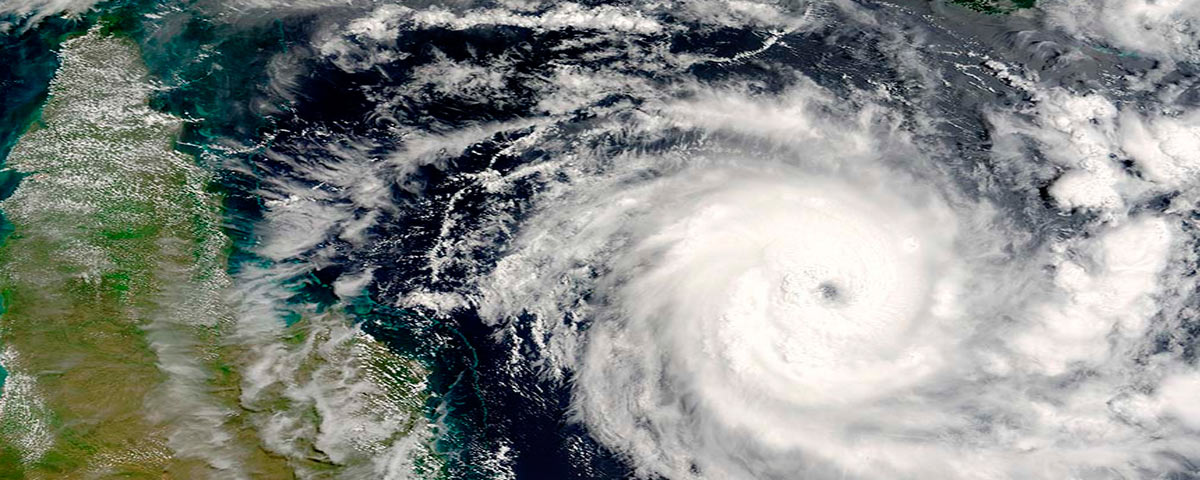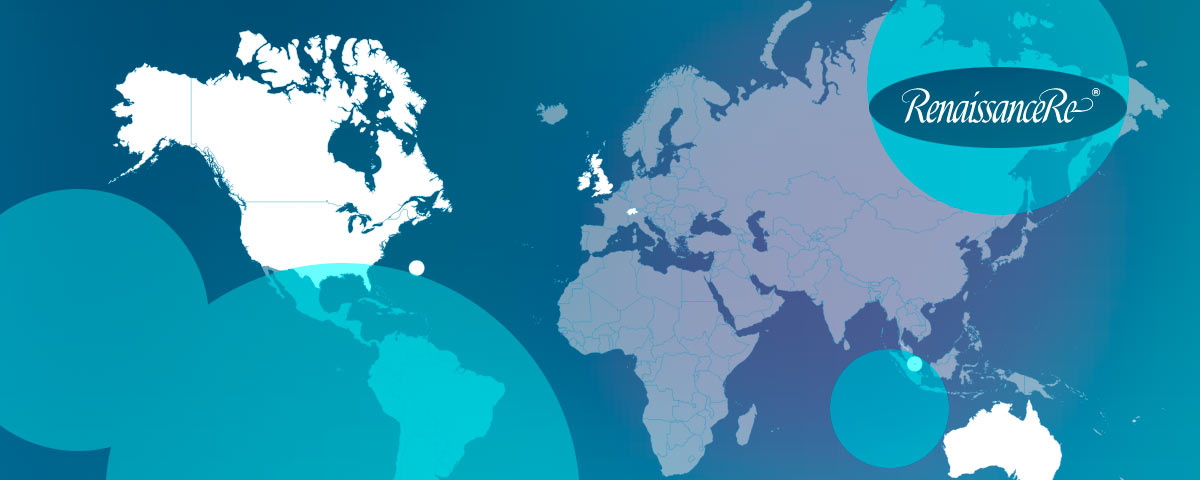A series of severe storms across the U.S. and Alaska in mid-October could leave insurers with losses in the hundreds of millions, according to Aon’s latest catastrophe report.
The systems began Oct. 10. A nor’easter from Oct. 11–14 drenched the Carolinas with more than 11.5 inches of rain, flooding wide areas.
Gusts above 50 mph hit New England, while parts of New Jersey saw 60 mph winds and coastal flooding.
Nearly 9,000 flights were delayed or canceled, and falling trees in New York damaged property and cut power to more than 50,000 customers.
In Alaska, Typhoon Halong shifted to an extratropical storm before making landfall, bringing peak winds near 100 mph and a five-foot storm surge in Nome.
At least 49 western Alaskan communities endured heavy wind damage and flooding, with more than 1,400 residents displaced. Oil spill-related damage was also reported.
Elsewhere, a microburst in Tempe, Arizona, damaged at least 550 homes and 70 businesses. Flooding and high winds led to rescues, outages, and closed roads in Arizona, New Mexico, and Colorado.
On the West Coast, heavy rains triggered “substantial traffic collisions” in Los Angeles County, while a tornado or microburst damaged structures and vehicles in Washington. Higher elevations saw significant snowfall.
The timing added more pressure: the storms struck while the U.S. government remained shut down.
The National Flood Insurance Program is still paying existing claims but cannot issue or renew policies until Congress resolves the funding impasse.
For carriers, October’s weather has already turned into a costly chapter, with widespread damage stretching from Alaska to the East Coast.









